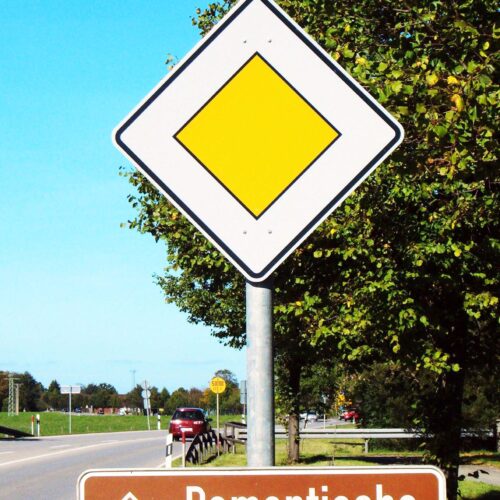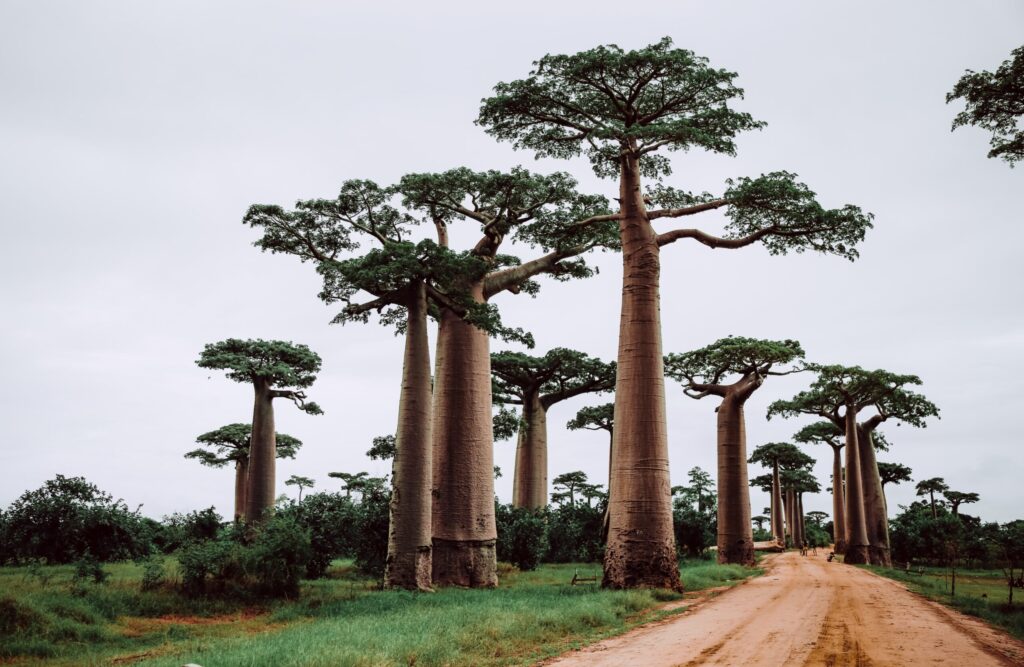
Get ready for a wild Madagascar ride through unique landscapes, from primate parties to beach bumming and everything in between
Located off the southeastern coast of Africa, Madagascar is a fascinating and unique country with many natural and cultural attractions. Known for its incredible wildlife, stunning landscapes, and vibrant culture, Madagascar offers visitors an experience unlike any other.
From exploring the rainforests and spotting lemurs to relaxing on the beaches and experiencing the local cuisine, there is no shortage of things to do and see in this fascinating country.
In this roundup, we’ll highlight some top things to do and see, ensuring you make the most of your time in this remarkable destination.
Here are some things to do and see from Baobabs to National Parks:
- Visit the Avenue of the Baobabs: This iconic avenue features towering baobab trees and is one of Madagascar’s most popular tourist destinations.
- Explore the Tsingy de Bemaraha National Park: This UNESCO World Heritage Site is home to stunning limestone formations, canyons, and forests and is perfect for hiking, climbing, and wildlife spotting.
- Go on a whale-watching tour: The country is one of the best places in the world to spot humpback whales, which migrate to the country’s coastal waters between June and September.
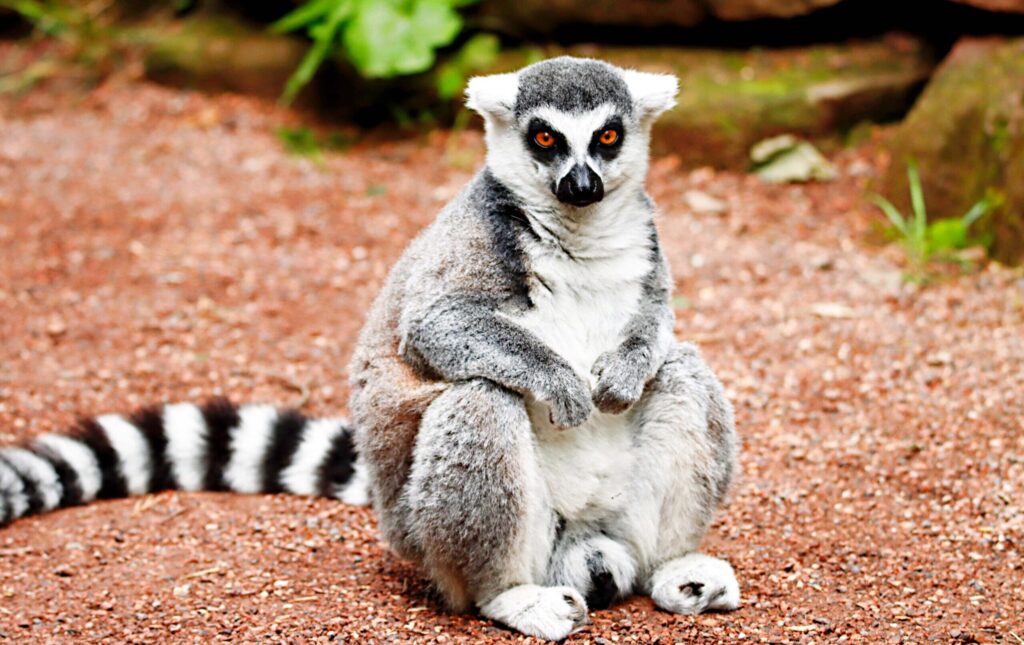
- See the lemurs: Famous for its unique wildlife, is among the most iconic species. There are many national parks and reserves where you can see lemurs in their natural habitats.
- Experience local culture: Visit local markets and attend cultural events to learn more about the country’s traditions and customs.
- Explore the rainforests: The rainforests are home to various plants and animals, including many endemic species found nowhere else on earth.
- Visit the Royal Hill of Ambohimanga: This historic site is located just outside the capital city of Antananarivo and was the home of Madagascar’s kings and queens. It is now a UNESCO World Heritage Site and a fascinating place.
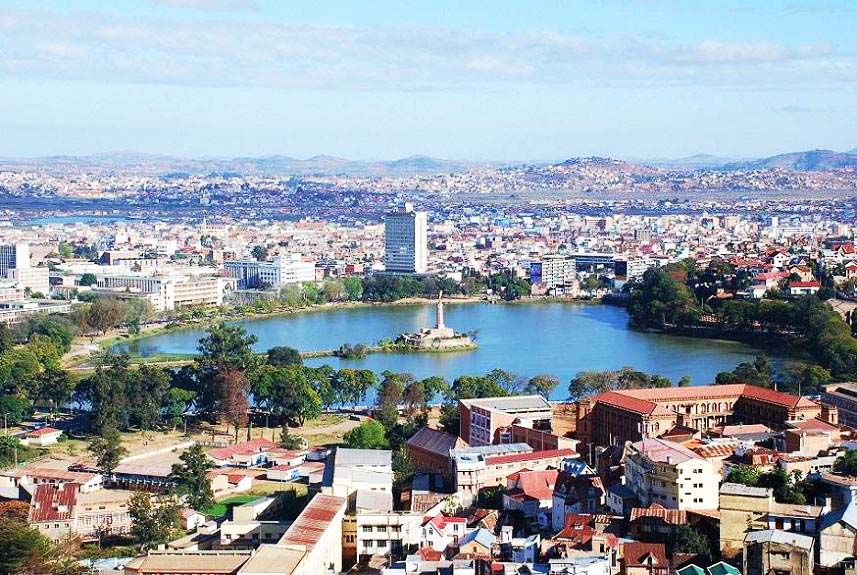
- Visit the Tsaratanana Massif: This remote mountain range is one of the least explored areas of Madagascar and is home to various unique flora and fauna.
- Enjoy the local cuisine: The country’s cuisine is a fusion of African, Indian, and French influences and features dishes like rice and beans, seafood, and stews made with local vegetables and spices.
- Visit the Andasibe-Mantadia National Park: This park is home to 11 species of lemurs and is known for its lush rainforest, waterfalls, and hiking trails.
- Relax on the beaches: Madagascar has some of the most beautiful beaches in the world, including the famous Nosy Be island.
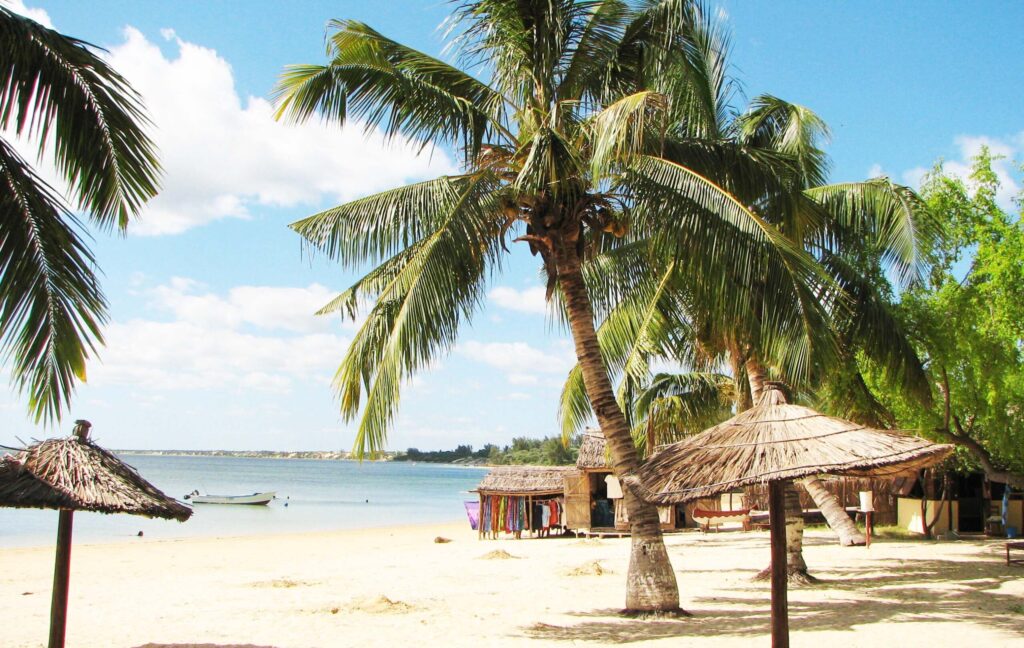
- Go on a birdwatching tour: The country is home to over 280 species of birds, including the rare and endemic Madagascar fish eagle and the velvet asity.
- Visit the Ankarana Reserve: This reserve is known for its unique karst formations, including caves and underground rivers, and is home to various wildlife, including lemurs, bats, and reptiles.
- See the Avenue of the Sifakas: Similar to the Avenue of the Baobabs, the Avenue of the Sifakas is a row of trees where you can see the charismatic and acrobatic sifaka lemurs.
- Visit the Analamerana Reserve: This reserve is known for its unique and diverse wildlife, including several species of lemurs, reptiles, and birds.
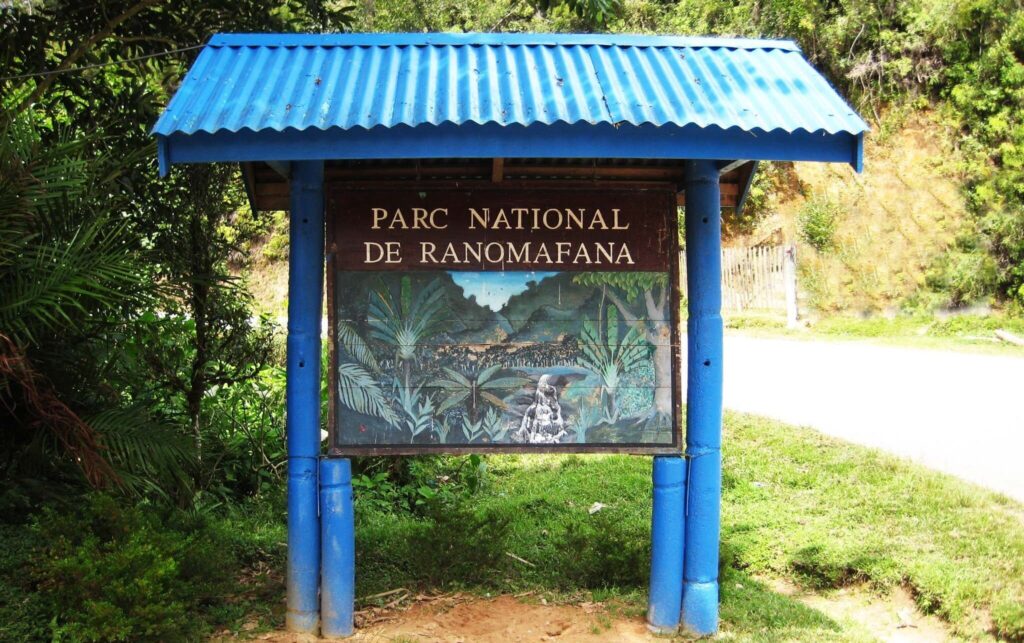
- Explore the Ranomafana National Park: This park is home to the endangered golden bamboo lemur and features hot springs, waterfalls, and a variety of hiking trails.
- Visit the Andringitra National Park: This park is home to some of the country’s highest peaks, including the iconic Pic Boby, and is perfect for hiking and camping.
- Go scuba diving or snorkeling: Madagascar’s coral reefs are home to various marine life, including colorful fish, sharks, and turtles.
- Attend a traditional ceremony: It has an interesting cultural heritage, and attending a traditional ceremony, such as a wedding or a circumcision ceremony, can be a unique and unforgettable experience.

- See the Fossa: The fossa is Madagascar’s largest predator and can be found in several national parks and reserves, including the Kirindy Forest.
Did you know?
It’s home to the world’s giant moth, the Comet Moth (Argema mittrei). With a wingspan of up to 25 cm (10 inches), the Comet Moth is a sight to behold. Its long, feathery antennae and distinctive comet-shaped markings on its wings help it blend in with its environment.
The Comet Moth is found only in Madagascar and symbolizes the island’s unique biodiversity. It is also a protected species and cannot be exported or traded without a permit.
A little history:
Madagascar is shaped by the country’s unique geography and cultural influences from Africa, Asia, and Europe. The island was first settled by humans around 2,000 years ago, with waves of migration from the African mainland and surrounding islands.
Various kingdoms and empires emerged, with the Merina Kingdom eventually becoming the dominant power in the 19th century.
In 1883, the French established a protectorate over Madagascar, which lasted until the country gained independence in 1960. During the French colonial period, the country was exploited for its natural resources, and the local population suffered under harsh labor conditions and forced labor policies.
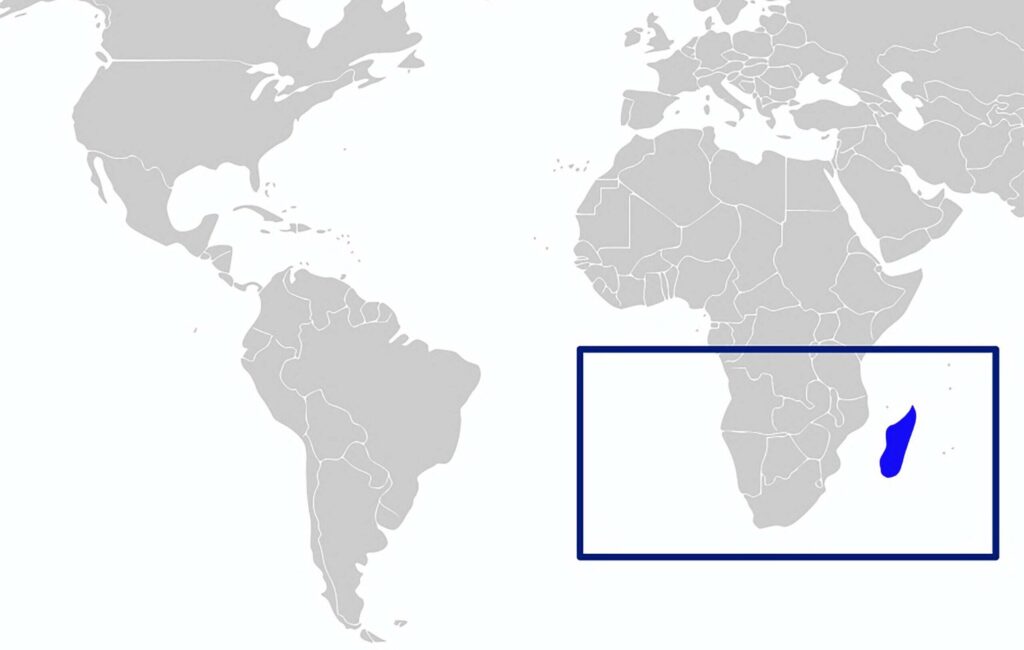 After independence, the country struggled with political instability and economic challenges, including a severe financial crisis in the early 2000s.
After independence, the country struggled with political instability and economic challenges, including a severe financial crisis in the early 2000s.
It is a republic with a multi-party political system. While the country still faces economic and social challenges, it has made progress in reducing poverty and conserving its unique natural heritage.


